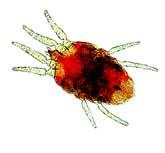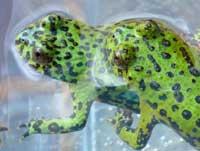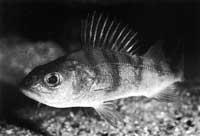Two copies, for what?
2001/06/29 Imaz Amiano, Eneko - Elhuyar Zientziaren Komunikazioa
In biology all standards seem to be exempt. Almost all animal species are diploid, that is, they have two copies of the genes of each cromosama except in the gametes (reproductive cells) that are haploid (from a single copy of the genes). Although haploid species have emerged in evolution (haploid males and diploid females), to date no exclusive haploid animal has been found. The exception is the false spider lobster (Brevipalpus phoenicis). The specimens or individuals of this species are haploid.

Females create their offspring from parthenogenesis, i.e. from unfertilized eggs. Eggs and adults have two chromosomes and it has been difficult to know if both are related. If they did not, they would be haploid and if they were copies of each other, diploids. The University of Amsterdam has shown that both chromosomes are genetically different. And, therefore, females are haploid.
After several tests, B. phoenicis is a haploid. But how are haploids? B. They discover that phoenicis eggs contain intracellular bacteria. In addition, when treating eggs with antibiotics, the bacteria die and the following males form.
Despite this and other details, much remains to be discovered in this case (how many haploid males occur in nature, if a meiosis occurs in newly paved females and if sexual reproduction occurs with haploid males, etc. ).
More information:
Related links://www.sciencemag.org/cgi/content/summary/292/5526/2441

Gai honi buruzko eduki gehiago
Elhuyarrek garatutako teknologia




